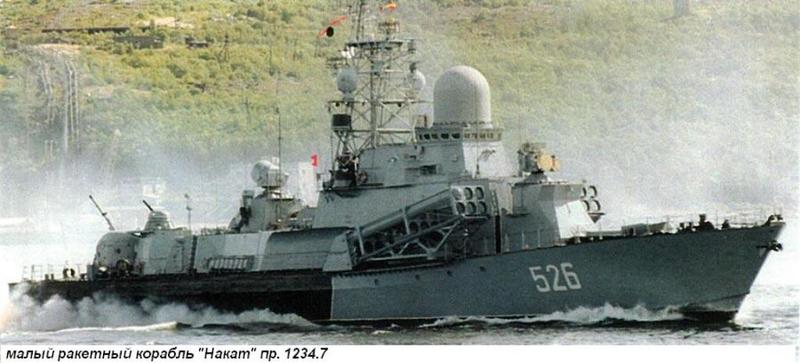Rpg type 7v wrote:there was a picture of hypersonic brahmos2 on some expo ,and it desnt look anything like brahmox/onyx, its more square in shape, it has more height then width ,so it might take 2 uksk places.
Yes. Actually, considering that new generation missiles would be new technology, and therefore, heavier and more complex, I'm inclined to believe, that at least in Russia's case, the new ASuW missile (hypersonic one) would be more similar to granit and kh-22, than onix, size-wise.
To GarryB:
"One of the biggest problems of the Soviet Navy was that every ship was very custom designed for a specific role... that means if you needed 10 anti sub destroyers then that was the Udaloy class, if you wanted 10 anti ship destroyers then that was the Sovremmeny class, but if you had two Udaloys then you had two anti sub ships with very limited anti surface capability.
Upgrading the new destroyers with 4 UKSK systems means 32 missiles, so your vessel can have anti ship missiles and anti sub missiles and still have room left for land attack missiles making the newer or upgraded vessels far more flexible and capable than the previous models.
Upgrading older models takes the pressure off the shipbuilding industry to build lots of brand new state of the art ships right now.
they can upgrade their tooling and methods and make sure the new vessels are really worth it because they wont be able to afford a huge navy in the future, but it will be very powerful."
I think, that every warship in the world now, from corvettes to destroyers, are being created with multipurpose missions in mind.
Yes, but there are a few problems, I believe:
1. Upgrading current ships with vertical UKSKs is all but impossible. If we are talking about inclined external launchers, then yes, they could be fitted, but then would have a reduced firing arc, plus, I'm not sure if misssiles stationed that way could be cold-launched.
2.Upgrading weapons isn't everything, image is everything (oops, I mean sensors

). That is, upgraded weapons are nice, but really offer little improvement, if sensors guiding them are the same (that isn't really important for onixes, kalibrs, but it is for, let's say, anti-submarine klub rockets). And we know very well that sensor equipment is so expensive, that only relatively new vessels could be fitted with them at all, and, for older ones, it may just not be worth it.






